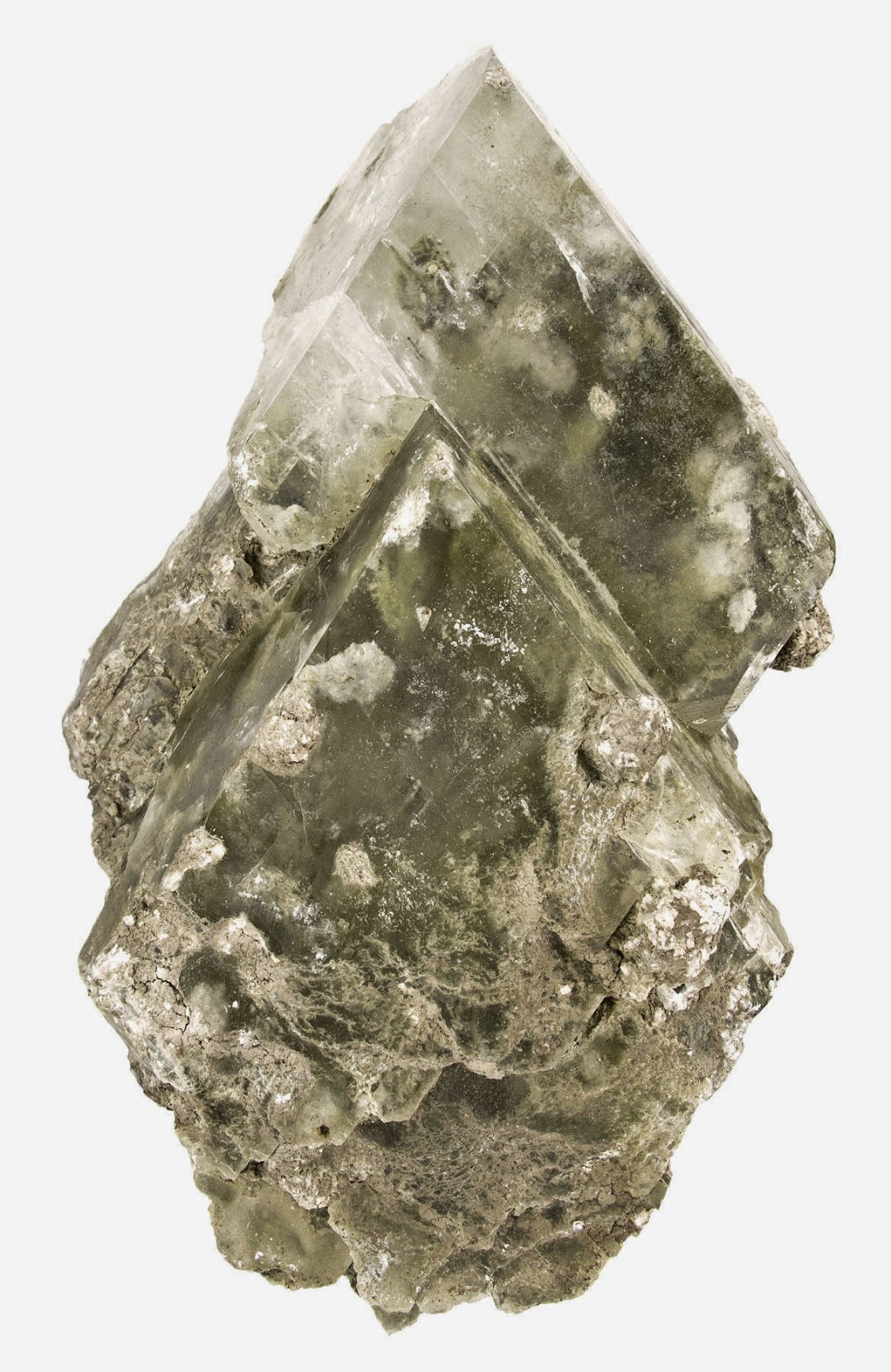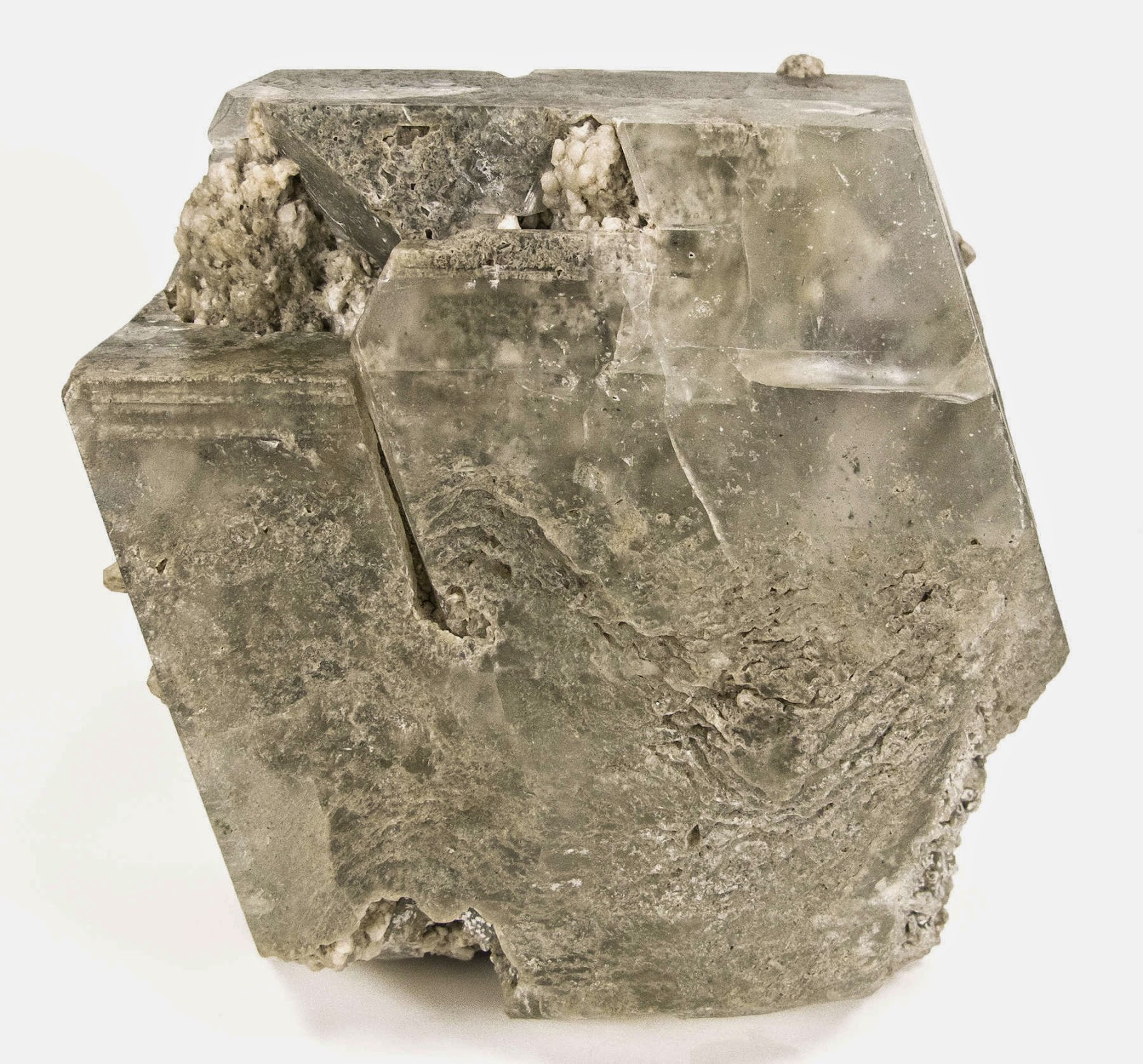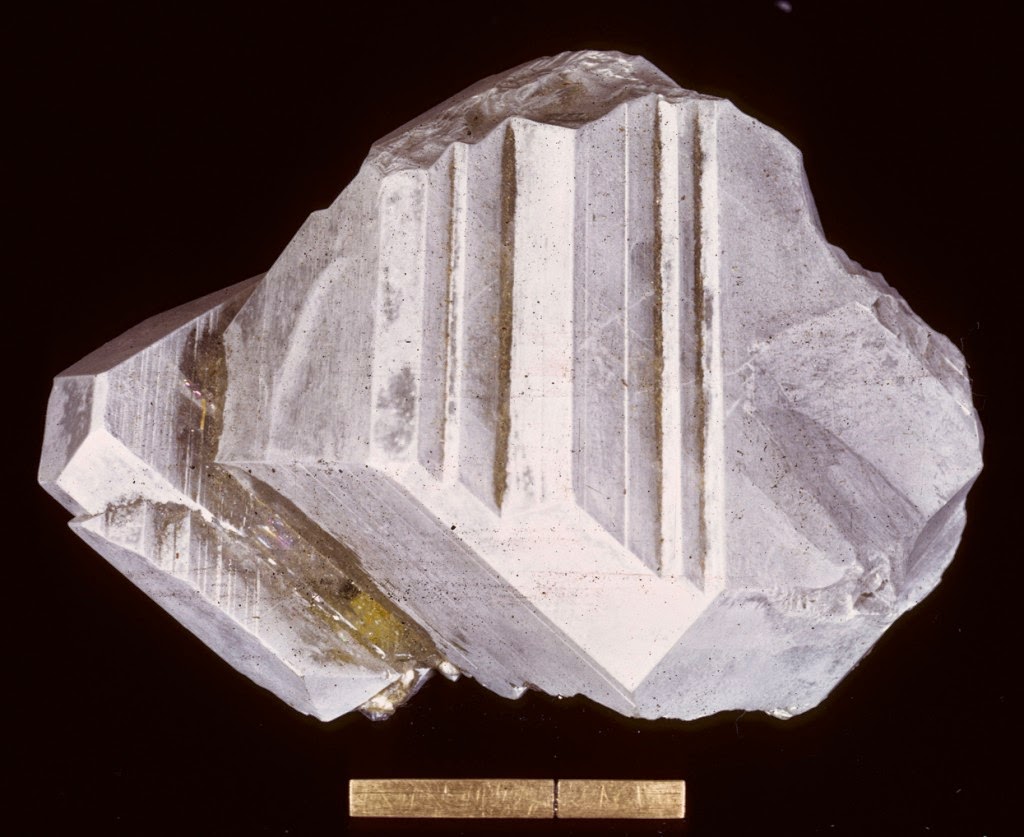
Locality: Inder, Kazakhstan.
Name Origin: Named for Nikolai S. Kurnakov (1860-1941), Russian mineralogist.Kurnakovite is a hydrated borate mineral with the chemical composition MgB3O3(OH)5·5H2O. It is a member of the inderite group and is a triclinic dimorph of the monoclinic inderite.
Discovery and occurrence
Kurnakovite, was first described by Godlevsky in 1940 for an occurrence in the Inder borate deposits in Atyrau Province, Kazakhstan, and is named for Russian mineralogist and chemist Nikolai Semenovich Kurnakov (1860–1941).
In addition to the type locality in Kazakhstan, kurakovite has also been reported from the Zhacang-Caka brine lake, Tibet; the Kirka borate deposit, Kiitahya Province, Turkey; the Kramer borate deposit, Boron, Kern County, California; Death Valley National Park, Inyo County, California; and the Tincalayu borax deposit, Salar del Hombre Muerto, Salta Province, Argentina.
History
Discovery date : 1940
Town of Origin : GIS. INDER, KAZAKHSTAN
Country of Origin : RUSSIE ex-URSS
Optical properties
Optical and misc. Properties : Transparent
Refractive Index : from 1,48 to 1,51
Axial angle 2V: 63°
Physical Properties
Cleavage: {110} Good, {001} Indistinct
Color: Colorless, White.
Density: 1.83
Diaphaneity: Transparent
Fracture: Brittle – Conchoidal – Very brittle fracture producing small, conchoidal fragments.
Hardness: 3 – Calcite
Luster: Vitreous – Pearly
Streak: white
Photos :












